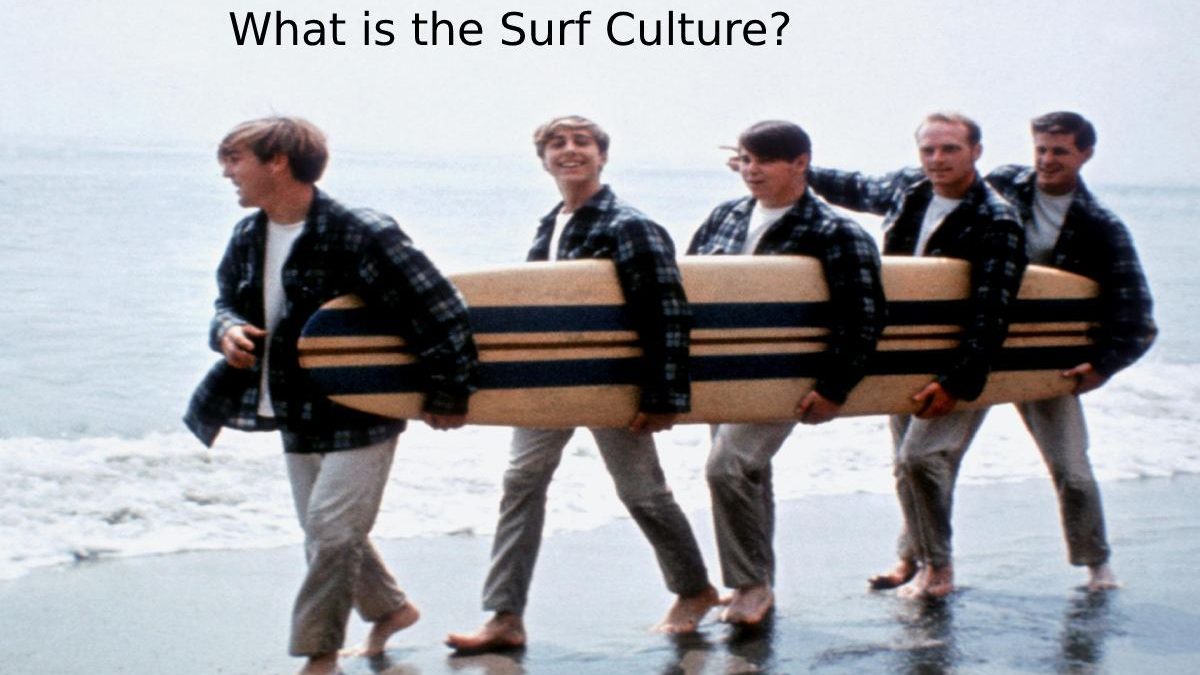Surf Culture Have you never surfed, but we felt the call of the sea? Have a little aroused, but you are eager to catch a bomb or to feel the feeling after you’ve made a good curve? Whether only one, an intermediate level player, an established hero, we present “Surfing with Wings”, a new series that offers an entirely new vision of all surf culture to the amateur.
And if we talk about the surf culture, it is crucial to start the House of foundations. Here is a brief overview of the art and culture of surfing itself: beauty, history and the lasting legacy of this unique sport, and why we continue to do so.
Table of Contents
Roots, Origins Why do We Sail?
In ancient Polynesia Tahiti, as we now knew it a long time ago; Perhaps Samoa or Tonga, or perhaps much further north along the dark banks of old Hawaii – saw the locals curious about the angry waves who reject their sand from the island.
Swimming, until then the main pastime was, but suddenly they moved with tables of their best wood in the ocean, and they began to change with enthusiasm and zeal waves.
Over the centuries, our ancestors were enthusiastic about the dominance of the art of applying these boards. The ancient Hawaiians soon made a sacred part of their culture, played to the gods with violence, and protected each NALU (surf session).
The Ancient World in the Whole Trip was Modern and Surf Navigation.
We have changed the scene in the last decades of the 19th century, focusing on the Beach of Waikiki in Honolulu (Oahu) and the wealthy American tourists from a rural setting fascinated: Locals on their rudimentary boards to ride the waves. At the same time, a trio of Hawaiian princes showed their skills at the local Kali former that amazed by their abilities alike. The authors’ Mark Twain and Jack London, on the other hand, also learn about this new sport, “surfing”. You have tried both, but they have not done very well there in the trial. But the word propagated and surfing began in the Western imagination to take root.
Out of the Water
If we wanted to catch a wave in 1915, we should be at one of three places: California, Hawaii or Australia. Thanks to the influence of the legendary Hawaiian surfer Duke Kabana mockup. He take the surfing revolution already in the “area of Australia / New Zealand. Although a few pioneers had taken up the baton, it was Duke, which galvanized almost manually. The local scene shows the old story ancestors through a unique showcase.
In the United States and Australia, the twentieth century saw the development of surf culture an astonishing development. Increasingly innovative inspired by Hawaiian and Polynesians to develop new technologies, equipment and visibility. The latest and anxious athletes from across the planet found shelter in Surf purity and undeniable addiction. Catalyzed an explosion of new styles and expressions: The boards were short and elegant, further attempts discovered.
We all Equal Before a Wave.
Egalitarian, healthy, intrinsically linked to nature. Surfing is by an amateur who is a “professional” effort. It can be a solo trip or a group adventure. Free stress, tension and purification of the soul. You never too old to navigate (which is maybe that it is still one of the most wanted and unique activities in human history).
There is also something important: This nutrient combination of salt, sand and sun, which is difficult to overcome. While some to stay fit, look for other relaxation; Some surfing to approach nature, meditate, communicate and connect with their spirituality; Others are to get the incredible marine bow of the sea.
Perhaps the most attractive attribute is its simplicity: All you need is waves, a table and a little courage ready for action.


